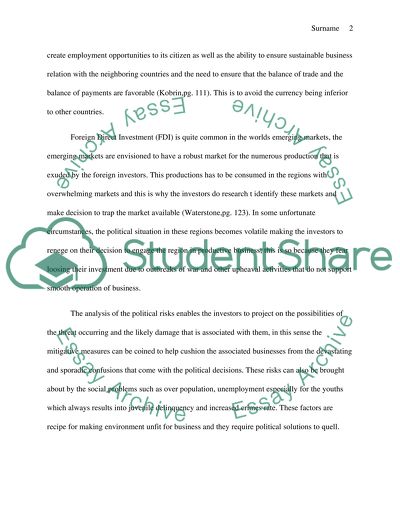Cite this document
(“Risk Analysis Within Political Science Research Paper”, n.d.)
Retrieved from https://studentshare.org/history/1398114-risk-analysis-within-political-science
Retrieved from https://studentshare.org/history/1398114-risk-analysis-within-political-science
(Risk Analysis Within Political Science Research Paper)
https://studentshare.org/history/1398114-risk-analysis-within-political-science.
https://studentshare.org/history/1398114-risk-analysis-within-political-science.
“Risk Analysis Within Political Science Research Paper”, n.d. https://studentshare.org/history/1398114-risk-analysis-within-political-science.


